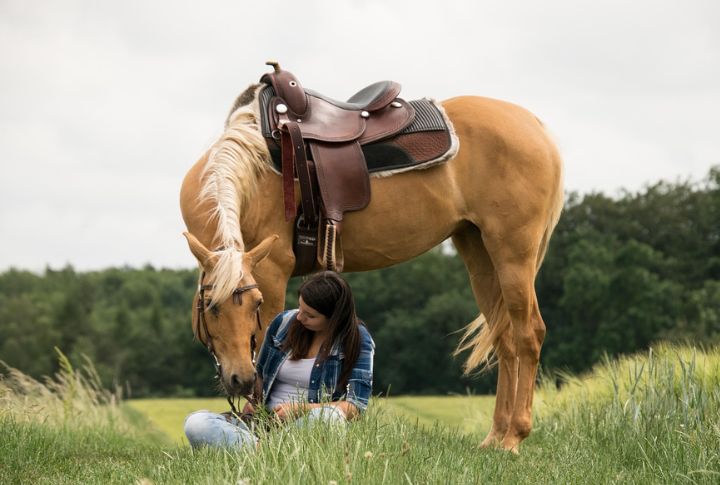
Palomino horses seem to glow naturally, their golden hues shining through every movement. This look is only part of their charm, wrapped up in stories of heritage and personality. Discover ten facts that explain why palominos have earned their special spot.
Royal Approval By Queen Isabella

Legend holds that Queen Isabella of Spain cherished golden-coated horses so deeply she reserved them exclusively for nobility. Her decree sent these stunning animals across the Atlantic with conquistadors. That royal seal of favor elevated their status for centuries, influencing how they’re bred and admired to this day.
Genetic Mechanics

Palomino horses get their golden coats from a mix of genetics. When a chestnut-colored horse carries just one copy of the cream gene, the coat lightens to that signature gold shade. But breeding two Palominos doesn’t guarantee the same result—offspring may turn out cremello, chestnut, or golden.
Parade Ring Favorites

Crowds can’t look away when golden-coated horses enter a parade ring. Their shimmer under tack draws eyes like polished brass. Mounted police and Rose Parade performers all favor this striking look for maximum visual impact and charm. Showmanship and shine make a powerful pair here.
Historical Significance
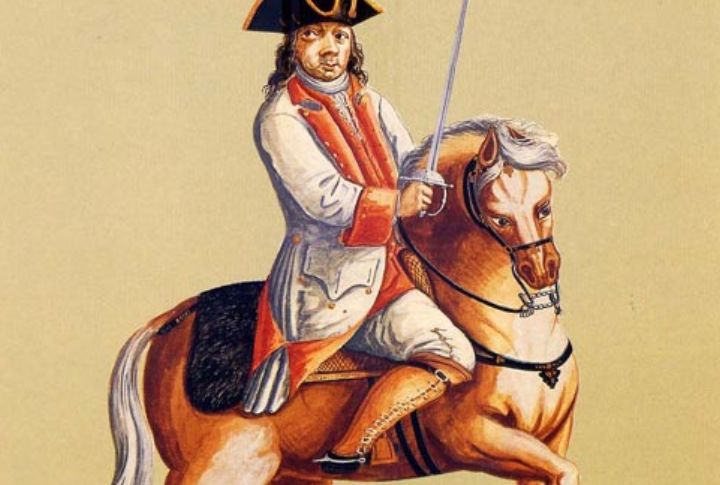
Golden horses have stood alongside history’s greats in art and battle. Renaissance artists painted them beneath kings and saints, where their shining coats symbolized wealth and power. These noble horses became royal symbols of fortune, leaving a lasting legacy beyond both art and royalty.
Hollywood Fame

Who could forget Roy Rogers’ Trigger or the chatty Mister Ed? These equine stars captured imaginations nationwide during television’s golden age. Hollywood’s spotlight reinforced their personality-driven appeal. By the 1960s, American living rooms had unofficially crowned them the darlings of Western pop culture.
Versatility In Disciplines
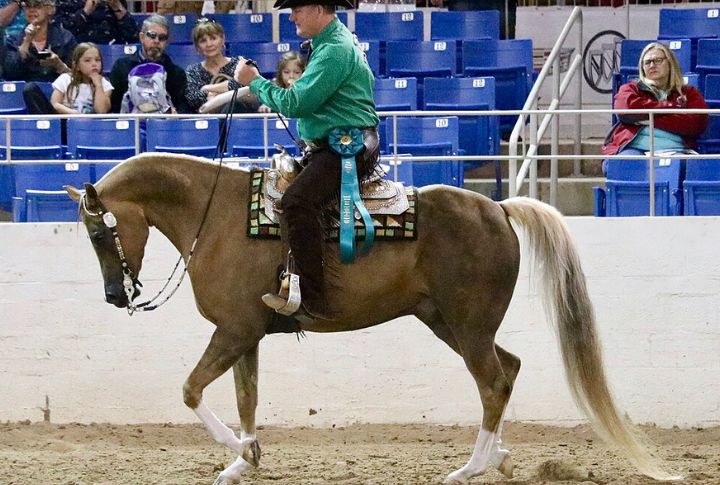
Few horses transition as seamlessly between arenas as golden-coated ones do. Their balance of agility and calm demeanor makes them ideal for Western events, trail work, and even English disciplines. You’ll spot them in rodeos, ranch competitions, and dressage—proof of performance matching visual charisma.
Registration Standards
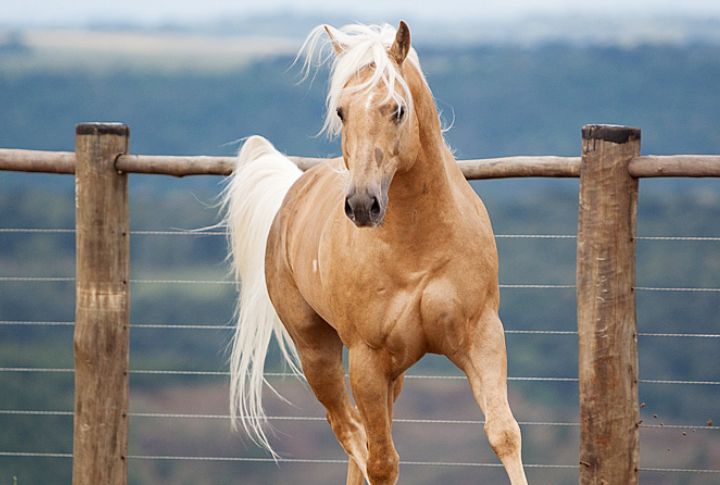
Color alone won’t earn registry status. Organizations like PHBA and PHA enforce rigorous criteria, examining mane lightness, body shade, and overall symmetry. A golden coat may catch the eye, but documentation and visual uniformity must align. Standards ensure integrity across breeding and exhibition circles.
Global Presence

Palomino horses aren’t just American favorites—they’ve captured hearts worldwide. Found on showgrounds in the U.S. and ranches in Australia, their charm goes beyond tradition. Their elegant looks and easy trainability make them loved across many countries and riding communities.
High Demand Among Youth Riders
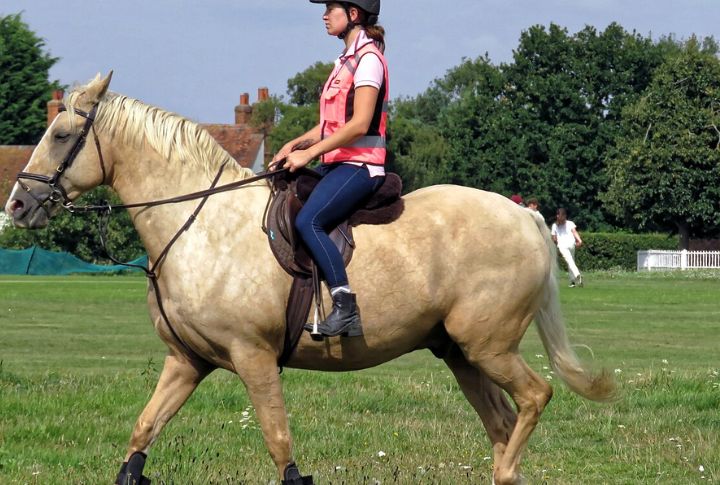
Why do so many youth programs favor these horses? It’s because calm temperaments, manageable height, and eye-catching looks create an ideal match for junior riders. From 4-H shows to beginner rodeos, they’re trusted partners. Trainers often note how quickly young equestrians build confidence when paired with one.
Lifespan And Care

On average, golden-coated horses live 25 to 30 years when well cared for. Balanced diets, regular veterinary checkups, and exercise routines help extend both their health span and companionship. Known for their gentle natures and strong work ethic, they thrive with consistency and form lasting bonds with handlers.

